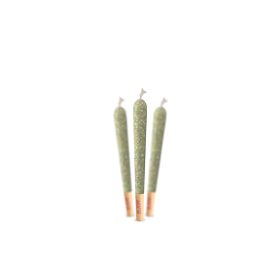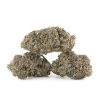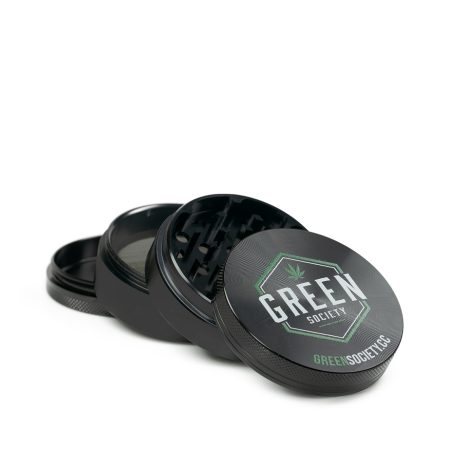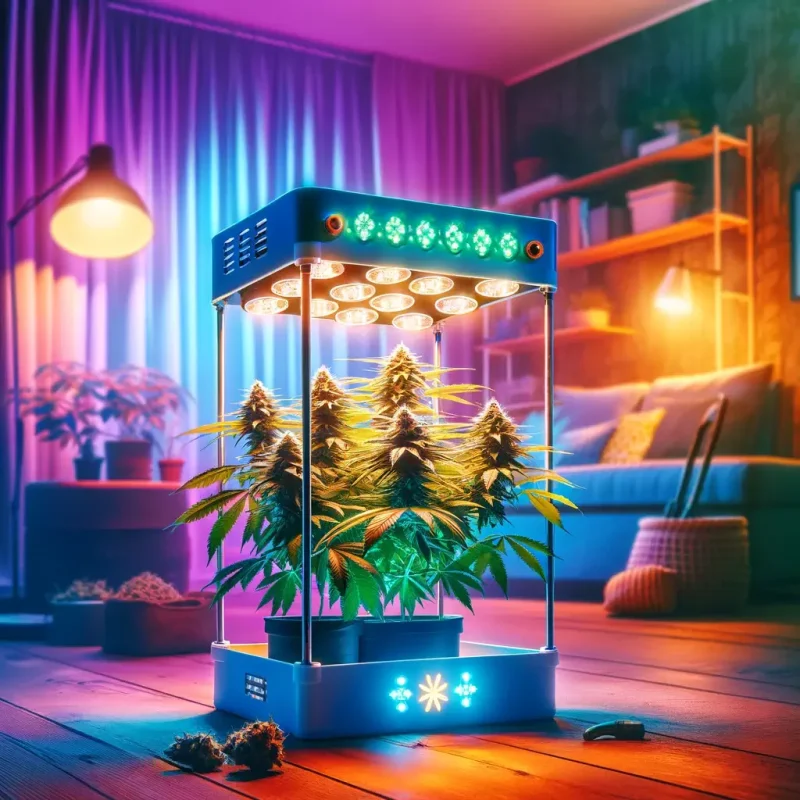Marijuana
Cannabis Cultivation 101: Growing Your Own Plants at Home
Cannabis cultivation has become a popular hobby among Canadians, thanks to the legalization of cannabis for both medical and recreational use. Growing your own cannabis plants at home can be a rewarding experience, offering both a deeper understanding of the plant and a more personal connection to your cannabis consumption. Whether you’re a novice or a seasoned grower, understanding the basics of cannabis cultivation is essential. This article will guide you through the most basic indoor grow setup, space requirements, the duration of the flowering stage indoors, and how to grow cannabis organically.
What Is the Most Basic Indoor Grow Setup?
The most basic indoor grow setup for cannabis involves a few key components:
- Grow Light: A crucial element, as cannabis plants require a lot of light to grow. LED lights are popular for their efficiency and lower heat output.
- Grow Tent or Designated Space: This provides a controlled environment for your plants. A small tent can be ideal for personal use.
- Ventilation System: Including an exhaust fan and possibly an air filter to manage temperature and odor.
- Containers and Growing Medium: You can use pots with soil or hydroponic systems for soilless cultivation.
- Watering System: Simple manual watering or automated drip systems.
- Nutrients: Cannabis-specific fertilizers that support plant growth at different stages.
How Much Room Do You Need to Grow Cannabis?
The amount of room needed to grow cannabis depends on several factors, including the number of plants and the type of setup. Generally, a small tent of about 80cm x 80cm x 160cm can accommodate 1-2 plants and fit in most closets or corners of a room. However, for those looking to grow more plants or achieve higher yields, a larger space will be necessary. It’s also important to consider the height of the plants and the space needed for lighting and ventilation equipment.
How Long Is the Flowering Stage Indoors?
The flowering stage of cannabis indoors typically lasts between 8-12 weeks, depending on the strain. It’s the phase when the plants start developing buds. During this stage, the light cycle needs to be adjusted to 12 hours of light and 12 hours of darkness to trigger and support the flowering process. The exact duration can vary; some sativa strains may take longer to mature, while indica strains might flower more quickly.
Can You Grow Cannabis Organically?
Yes, you can grow cannabis organically, which involves using natural fertilizers and pest management techniques. Organic cultivation aims to produce healthier plants and a cleaner final product by avoiding synthetic chemicals. Organic growing mediums, such as natural soil enriched with compost, worm castings, and other organic matter, can be used. Nutrients can be sourced from organic fertilizers like fish emulsion, bone meal, and bat guano. Pest control relies on natural predators, neem oil, and other organic methods.
Step-by-Step Guide to Growing Cannabis Indoors for Canadians
Step 1: Planning Your Space
Consider the space you have available and how many plants you wish to grow. Ensure you have enough room for the plants to reach maturity, keeping in mind that they will grow significantly in size.
Step 2: Choosing Your Strain
Select strains that are suitable for indoor growing and that meet your personal preferences for taste, aroma, and effects. Some strains are more compact, making them ideal for small spaces.
Step 3: Setting Up Your Grow Room
Equip your grow room with the necessary components: lighting, ventilation, and a grow medium. Setting up correctly from the start can save you a lot of trouble down the line.
Step 4: Germinating Your Seeds
Germinate your cannabis seeds using methods such as the paper towel method or directly planting them in soil. Ensure the environment is warm and humid for the best germination rates.
Step 5: Vegetative Stage
During the vegetative stage, your plants will grow in size and stature. This stage typically requires 18-24 hours of light per day.
Step 6: Flowering Stage
Switch the light cycle to 12/12 (12 hours light, 12 hours dark) to induce flowering. Monitor your plants for signs of male characteristics to prevent pollination of females.
Step 7: Harvesting
Once the buds are mature, it’s time to harvest. Look for signs of readiness, such as the color of the trichomes turning from clear to milky or amber.
Step 8: Drying and Curing
Proper drying and curing are essential for achieving the best quality. Dry your buds slowly in a controlled environment before curing them in airtight containers.
For Canadians interested in diving deeper into the nuances of cannabis cultivation, Prospiant offers an ultimate guide to cannabis cultivation that covers everything from setup to harvest. This resource can be an invaluable companion on your journey to becoming a skilled cannabis cultivator at home.
Cannabis cultivation at home requires patience, care, and a bit of green thumb skill. With the right setup and approach, Canadians can enjoy the process of growing their own cannabis, resulting in a product that is both personal and rewarding. Whether you choose to grow a single plant in a small space or set up a more extensive operation, the journey from seed to harvest is one of learning and enjoyment.














